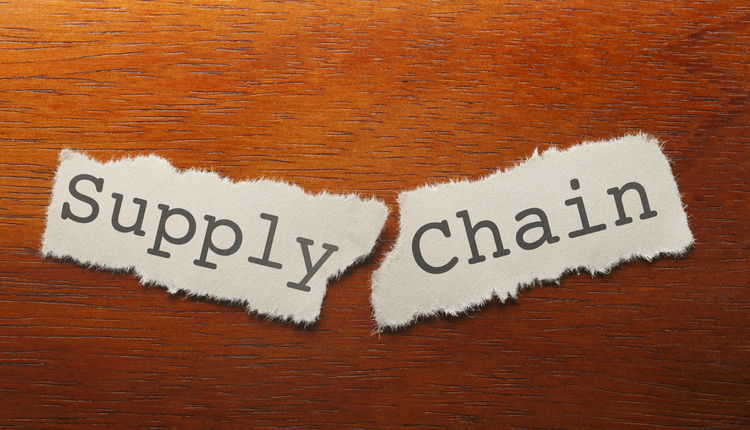Parcel shipping growth exploded in 2020 due to huge increases in e-commerce sales and has become a critical part of shippers’ overall supply chain strategies. In 2020, total e-commerce sales were estimated at $791.7 billion, up 32% from 2019, and represented 14% of total retail sales, up from 11% of total retail sales in 2019. The 2020 boom in e-commerce sales, attributed to the COVID-19 pandemic, was already underway well before the pandemic, and smart shippers were already making the needed changes within their supply chains.
In a recent survey by Pitney Bowes, consumers said they do almost 60% of their shopping online, and they expect to do over 55% online after the pandemic ends. This represents a seismic shift in customer shopping habits and has led to major capacity issues in the US small parcel market. Prior to the coronavirus, consumers did just under 40% of their shopping online.
FedEx and UPS, the largest parcel carriers in the US, believe the growth in e-commerce will continue to accelerate in 2021. “We don’t think e-commerce sales as a percentage of retail sales will decline, which means continued supply and demand imbalances,” Carol Tomé, CEO of UPS, said during the company’s quarterly earnings call on February 2. “This scenario supports our efforts to improve revenue quality while optimizing our existing network. These efforts, coupled with a relentless focus on productivity and effective capital allocation, should result in both operating margin expansion and a higher return on invested capital in 2021,” she said.
This focus on improving operating margins by UPS and FedEx is driving up last-mile parcel costs and, as a result, a need for parcel expertise at the supply chain strategy table. Recent quarterly earnings announcements by Macy’s and Nordstrom’s highlighted last-mile delivery costs as a significant drag on earnings.
Because of the drastic changes in buying habits, transportation networks are changing. In the past, items were often moved from the manufacturer to a brick-and-mortar store for customer pick-up. Now, there are different points such as direct-to-consumer (DTC), buy-online-pickup-in-store (BOPIS), curbside pick-up, buy-online-ship-to-store (BOSS), pick-up at an alternative location, and more. Less-than-truckload (LTL) providers, parcel carriers, crowd-sourced delivery providers, and other local couriers may all be required. They should all be part of an optimized solution to ensure available capacity and to reduce unnecessary surcharges.
Aligning fulfillment to the last mile is also critical within the overall supply chain strategy, especially for efficiency and ensuring last-mile delivery time commitments of same-day, next-day, or two-day. However, for e-commerce, fulfillment facilities often require up to three times the space of a traditional fulfillment or warehouse facility because of product diversity and the need to have the products immediately accessible. Also, processing small parcel items often requires more labor per unit than bulk shipments, which means even more cost must be absorbed or passed onto the consumers.
Fulfillment strategies are also quickly evolving to include in-store fulfillment and other types of microfulfillment solutions such as smaller fulfillment facilities and delivery stations closer to customers to speed up the last mile. As a result, small parcel expertise is needed in fulfillment and warehousing strategies
Ultimately, it is about tearing down business silos and working as one to achieve a single, optimized supply chain strategy. Utilizing the right technology to link each part of the supply chain is critical to provide the necessary visibility and across all aspects of the supply chain – inventory, operations, transportation, reverse logistics, last mile – to run seamlessly and in the most cost-effective manner.
The data generated from such an optimized network will also prove beneficial in the form of new and personalized products and services for customers and the continuous need to enhance the supply chain further. But to be successful in today’s new environment, small parcels will need to play a more important role in shippers’ overall supply chain strategies.
John Haber is founder & CEO, Spend Management Experts. He can be contacted at solutions@spendmgmt.com.
This article originally appeared in the March/April, 2021 issue of PARCEL.













